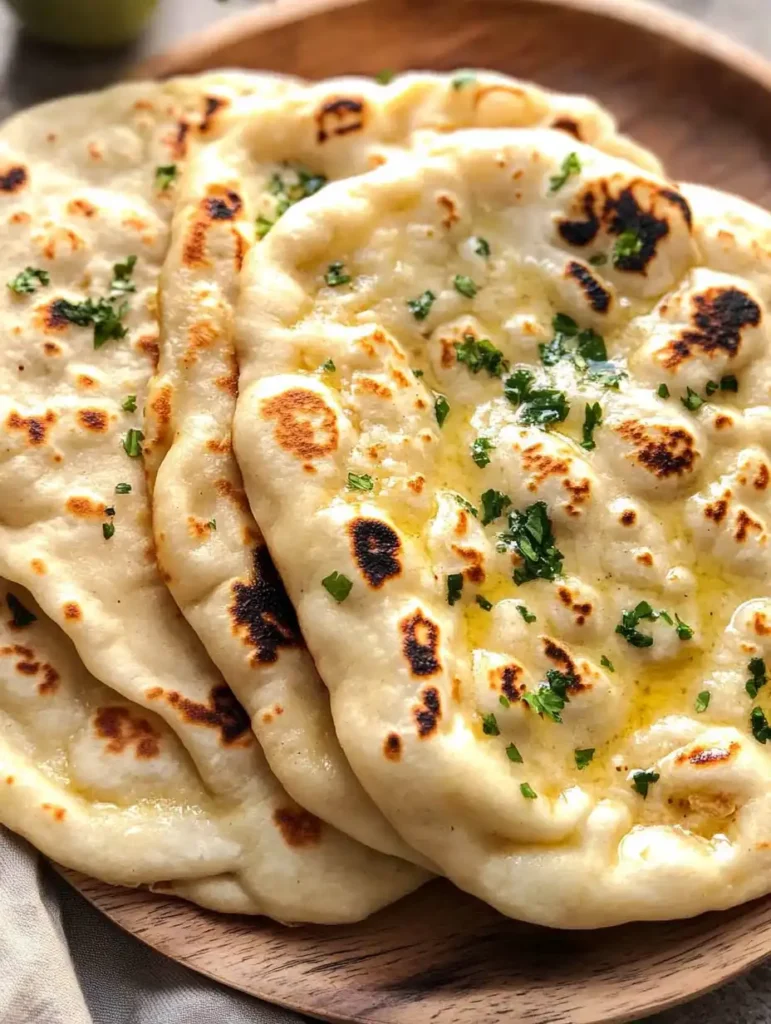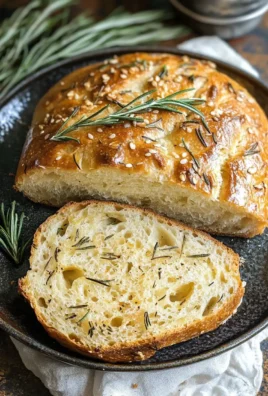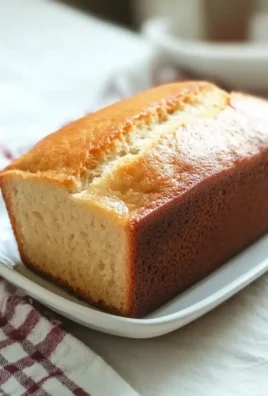El naan de mantequilla es un clásico muy apreciado en la cocina india, conocido por su textura suave y esponjosa y su rico sabor a mantequilla. Ya sea que lo acompañe con un curry cremoso, lentejas picantes o simplemente lo disfrute solo, el naan de mantequilla es un plato que encanta a todos y realza cualquier comida.

Aunque el naan al estilo restaurante pueda parecer una proeza culinaria, prepararlo en casa es más fácil de lo que crees. Esta guía paso a paso te ayudará a crear la mejor receta de naan de mantequilla: suave, sabroso y auténticamente delicioso.
¿Por qué hacer naan de mantequilla en casa?
El naan de mantequilla casero no solo es más fresco y sabroso que el comprado, sino que también te permite controlar cada ingrediente. Con esta receta, probada hasta la perfección, lograrás la textura característica del naan: suave con la textura justa, y un acabado mantecoso que conserva la humedad. Además, hay algo increíblemente satisfactorio en cocinar naan desde cero y verlo crecer en la sartén o al fuego.
Ingredientes para el mejor naan de mantequilla
Para hacer esta receta de naan con mantequilla, necesitarás alimentos básicos de despensa:
- 4 tazas de harina para todo uso
- 1 cucharada de levadura seca instantánea
- 2 cucharaditas de sal kosher
- ½ cucharadita de bicarbonato de sodio
- 1 cucharadita de polvo para hornear
- ¾ taza de yogur natural o suero de leche
- 1 taza de agua tibia (120°–130°F)
- 4 cucharadas de mantequilla derretida
- 1 cucharada de cilantro picado (opcional)
Estos ingredientes se combinan para crear una masa suave, elástica y perfecta para extenderla y hacer pan naan.
Instrucciones paso a paso
1. Preparar la masa
En una batidora de pedestal con pala, combine los ingredientes secos: harina, levadura, sal, bicarbonato y polvo para hornear. Mezcle a baja velocidad para asegurar una distribución uniforme. Luego, agregue el yogur y el agua tibia al tazón. Comience a mezclar a baja velocidad hasta que la mezcla forme una masa grumosa.
Cambie al gancho de amasar y amase durante 4 minutos a velocidad media-baja. La masa estará pegajosa al principio, pero se irá uniendo a medida que se amasa. Evite la tentación de añadir más harina a menos que sea absolutamente necesario.
2. Dale forma a las bolas de masa
Enharina generosamente la superficie de trabajo y vierte la masa. Espolvoréala con harina y amásala una o dos veces hasta formar una bola grande. Divide la masa en 8 porciones iguales y forma una bola con cada porción con las manos. Si la masa está demasiado pegajosa, humedécete las manos para facilitar su manipulación.
Coloque las bolas de masa sobre una hoja de papel vegetal engrasado y gírelas para cubrirlas con aceite. Cúbralas con otra hoja de papel vegetal y déjelas levar durante 1 hora.
3. Extiende el naan
Después de que la masa haya levado, enharina de nuevo la superficie de trabajo. Usa un rodillo para extender cada bola de masa hasta formar un círculo plano de aproximadamente 6 mm de grosor o un poco más fino. Enharina ligeramente la masa según sea necesario para evitar que se pegue. Para una forma auténtica, estira suavemente la masa extendida con las manos hasta formar un rectángulo. Deja reposar el naan extendido durante 10 minutos para que el gluten se disuelva y el pan quede suave y burbujeante durante la cocción.
4. Cocina el naan
Precalienta una sartén de hierro fundido a fuego medio-alto durante unos 5 minutos. Para comprobar si está lo suficientemente caliente, rocía agua sobre la superficie; si se forman gotas y se evaporan inmediatamente, estará lista para cocinar.
Coloque un naan en la sartén caliente y cúbralo. Cocine de 30 a 60 segundos hasta que se formen burbujas en la superficie. Voltee el naan y cocínelo otros 30 segundos hasta que pierda su aspecto crudo y presente zonas ligeramente carbonizadas.
Para un naan estilo tandoori aún más auténtico, puedes terminar de cocinarlo sobre una llama abierta (ver la variación de llama directa a continuación).
5. Agregue mantequilla y sirva
Mientras el naan aún esté tibio, úntalo generosamente con mantequilla derretida mezclada con cilantro picado (si lo deseas). Este paso no solo realza el sabor, sino que también retiene la humedad, manteniéndolo suave y delicioso. Sírvelo inmediatamente o mantenlo caliente bajo un paño hasta que esté listo para comer.

Consejos para un naan de mantequilla perfecto
- La clave está en una masa pegajosa: La masa debe quedar pegajosa después de amasarla; esto garantiza un naan suave. Use las manos húmedas o superficies enharinadas para manipularla sin trabajarla demasiado.
- El tiempo de reposo es importante: dejar reposar la masa después de estirarla evita que se encoja y promueve un mejor burbujeo durante la cocción.
- Sin aceite en la sartén: una sartén de hierro fundido precalentada adecuadamente garantiza que su naan no se pegue sin necesidad de aceite o mantequilla durante la cocción.
- Use agua tibia: La temperatura del agua debe estar entre 120°–130°F para activar la levadura sin matarla.
- Variación de llama directa: para un toque auténtico estilo tandoori, cocine el segundo lado del naan directamente sobre una llama de gas hasta que se hinche dramáticamente y se queme en algunos puntos (¡solo tenga cuidado porque esto sucede rápidamente!).
Por qué funciona esta receta
Esta receta de naan de mantequilla ha sido meticulosamente probada para ofrecer resultados con calidad de restaurante en casa. La combinación de levadura y yogur crea una masa suave pero elástica, mientras que el bicarbonato y la levadura química le aportan una textura extra esponjosa. Los periodos de reposo permiten que el gluten se relaje, asegurando que el naan se estire perfectamente durante la cocción. Finalmente, untar mantequilla derretida sobre el pan caliente retiene la humedad, logrando esa irresistible suavidad que tanto nos gusta del pan naan.
Ideas de maridaje
El naan de mantequilla combina de maravilla con casi cualquier plato indio. Aquí tienes algunas ideas:
- Currys: pollo con mantequilla, paneer tikka masala o cordero rogan josh
- Lentejas: Dal makhani o lentejas amarillas especiadas
- Verduras: Aloo gobi (patatas especiadas y coliflor) o saag paneer (espinacas con queso indio)
- Bocadillos: use naan como base para wraps o cúbralo con garbanzos especiados para un bocadillo rápido.
Reflexiones finales
Preparar naan de mantequilla casero es más fácil de lo que crees, y el resultado vale la pena. Con su textura suave, sabor a mantequilla y auténtico sabor, esta receta se convertirá en un clásico en tu cocina. ¿A qué esperas? ¡Reúne tus ingredientes, ponte manos a la obra y prepárate para disfrutar del mejor naan de mantequilla que jamás hayas probado, directamente de tu cocina!
Print
Best Butter Naan
- Prep Time: 1 hour
- Cook Time: 10 minutes
- Total Time: 1 hour 10 minutes
- Yield: 8 naan 1x
- Category: Bread
- Method: Pan-Fried
- Cuisine: Indian
- Diet: Vegetarian
Description
Make the BEST soft homemade butter naan bread with this easy, authentic tested-till-perfect naan recipe.
Ingredients
- 4 cups all-purpose flour
- 1 tbsp instant dry yeast
- 2 tsp kosher salt
- ½ tsp baking soda
- 1 tsp baking powder
- ¾ cup plain yogurt or buttermilk
- 1 cup warm water see note
- 4 tbsp butter melted
- 1 tbsp minced cilantro
Instructions
- Combine flour, yeast, salt, baking soda and baking powder in a stand mixer fitted with the paddle attachment and beat on low speed to combine.
- Add yogurt and water to the mixer bowl. Starting on low speed, beat until the mixture forms a shaggy dough, then switch to the hook attachment and knead for 4 minutes on medium-low speed. It may look very sticky at first but will come together as it kneads (don’t add more flour).
- Generously flour a work surface. Dump out the dough and sprinkle it with flour, too. Knead once or twice to form a large ball. Cut the dough into 8 equal pieces and form each piece into a ball by rolling the dough between your hands.
- The dough is still quite sticky at this point, but you can work with it. Dampen your hands to make it easier.
- If the dough is impossibly sticky, add more flour.
- Oil a sheet of parchment paper. Place dough balls on top and roll them around to coat with oil. Cover with another sheet of parchment paper and let rise 1 hour.
- (See notes in post about making dough in advance.)
- Flour a work surface. Use a rolling pin to roll each dough ball flat to about ¼” thick, if not slightly thinner. Lightly flour dough as needed.
- Lift the dough off the counter and use your hands to gently pull it into a thinner, slightly oblong shape. Let it rest 10 minutes in a single layer.
- Meanwhile, preheat a cast iron pan for 5 minutes on medium-high heat. You’ll know it’s hot enough when you sprinkle it with water and it beads and evaporates immediately.
- Add one naan to the pan. Cover the pan and cook until bubbles start to grow on the top of the naan (about 30-60 seconds).
- Flip and cook on the other side until the dough loses its shiny, raw look and starts charring in spots (about 30 seconds more). For more dramatic puffing up and charring (like authentic tandoori-style naan), see notes below for instructions on finishing the naan over a direct flame.
- As naan breads are cooked, transfer them to a plate and cover with a towel to keep warm.
- Melt the butter and stir in cilantro, if using. Immediately brush the butter over warm naan (this seals the moisture into the hot bread and ensures softness).
Notes
- The dough is supposed to be quite sticky after kneading. Wet your hands with water to handle it, generously flour the work surface, and oil the dough balls on top and bottom before letting them rise. If the dough is too sticky to handle, gently knead more flour into it. Be sure to let it rest for 1 hour if you work the dough.
- Note on measuring flour: if you own a kitchen scale, please use it and weigh your flour. It’s always more accurate than using volume-based measuring cups, where flour can compact down and give you too much.
- Hand-mixing option: If you don’t have a stand mixer, you can easily make butter naan by hand. Stir together the dry ingredients in a bowl. Add the yogurt and water and stir with a wooden spoon to form a shaggy dough, then turn it out onto a clean, floured work surface and knead by hand until a smooth dough forms (about 10 minutes).
- Direct flame variation: If you have a gas stove, you can make the naan even more like tandoori naan. This is my preferred method (but not everyone has a gas stove so I simplified the recipe for you).
- To cook over the flame, after you flip the naan over, cook the underside for only 5-10 seconds to seal the surface so it is no longer sticky. Then use tongs to carefully move the naan over to a lit burner.
- Place the naan (still second side facing down) directly on the grate with the flame beneath it on high heat. The naan will often puff dramatically. Cook until charred spots appear on the underside (it only takes seconds), then transfer it to a plate and cover with a towel to keep warm. Never walk away or multi-task during this part as the naan can burn quickly.
- How hot should the water be? The ideal range is 120°–130°F. Warmer and it will kill the yeast. Colder and the dough will be slower to rise.
- As you’re cooking, the pan may get too hot. If naan starts to char on the bottom before bubbles form, turn the heat down for a minute before proceeding with the next one.
- NO oil or butter should be used in the pan. As long as the pan is properly preheated, the dough will never stick.
- Let the dough rest for 10 minutes after rolling to ensure bubbles. If you don’t, the gluten will be tight again from just working it. The dough will shrink in the pan and won’t have the soft texture needed to stretch upwards as the moisture turns to steam.
Nutrition
- Serving Size: 1 naan
- Calories: 262 kcal
- Sugar: 1 g
- Sodium: 300 mg
- Fat: 8 g
- Saturated Fat: 4 g
- Unsaturated Fat: 4 g
- Trans Fat: 0 g
- Carbohydrates: 45 g
- Fiber: 2 g
- Protein: 7 g
- Cholesterol: 15 mg



Leave a Comment